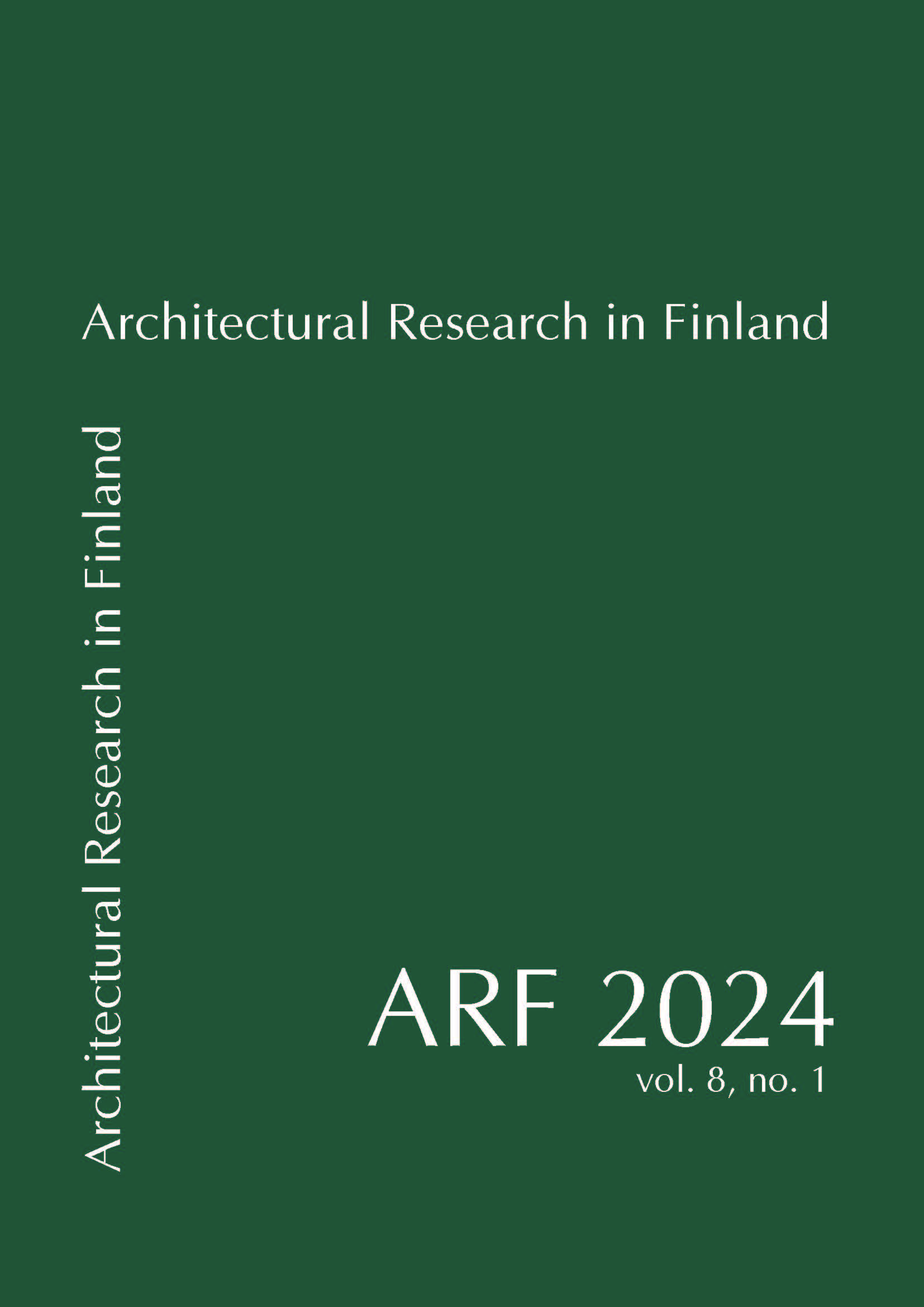Re-evaluating the Aaltos’ Pre-war Housing
A field study of the home environment in a case study
DOI:
https://doi.org/10.37457/arf.146876Avainsanat:
Aino and Alvar Aalto, Environment, Housing, Modern Architecture, Field StudiesAbstrakti
This paper explores the comfort of apartments designed by Aino and Alvar Aalto in the late 1930s in Finland. The focus is on one housing case study: Terassitalo (the terraced house) in Kauttua, (1937-38), which is related to three other housing projects in Sunila, Kotka (1937).
This research forms part of a larger body of field studies exploring the potential of historic examples to offer lessons for the design of high quality domestic environments in the present, with improved levels of comfort in the context of our changing climate.
The documented studies are conducted through mixed methods, which involves quantitative research (e.g., daylight and temperature monitoring and in-situ observations in relation to the climate inside and outside) and qualitative field research (e.g., resident interviews, drawing analysis and archival studies concerning the historical and environmental context).
Findings highlight how this housing case study demonstrate the Aaltos’ concern for the provision of comfort, from the design of the apartments and their orientation, responding to seasonal and diurnal changes in sunlight, and for establishing a relationship with nature, including solar gains and shade from surrounding trees. The architecture allows the residents to control their comfort by adapting to their environment, through passive strategies as well as active heating from radiators. These apartments make it possible for the residents to take advantage of an ever-changing environment. Lessons learned for current and future housing includes designing with orientation, vegetation, empowerment, passive strategies and thermal enjoyment.




